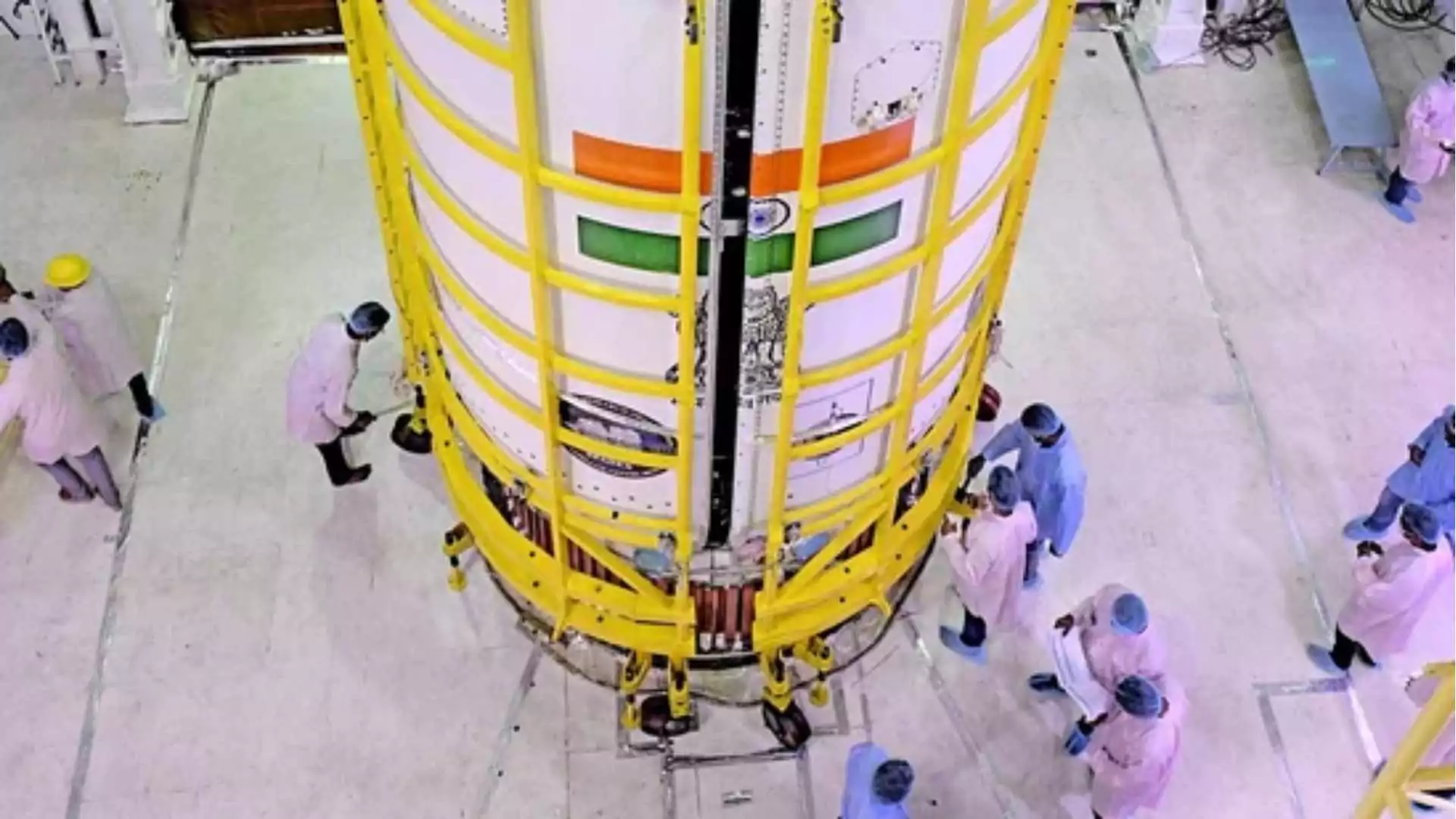Former Iranian Foreign Minister Mohammad Javad Zarif announced on Tuesday that he is returning to his role as Vice President for Strategic Affairs, just weeks after resigning from the position. Zarif’s return comes after his resignation earlier this month, which he attributed to dissatisfaction with the new cabinet lineup and external pressures related to his children holding dual U.S. citizenship.
Zarif was initially appointed by President Masoud Pezeshkian as Vice President for Strategic Affairs on August 1. However, less than two weeks later, Zarif stepped down, expressing his discontent with the composition of the 19-member cabinet. His resignation stirred controversy, especially among Iran’s conservative factions, who criticized President Pezeshkian’s decision to select Zarif, a key figure in the negotiation of the 2015 nuclear deal with world powers.
Zarif’s Return and Continued Role
In a statement posted on X (formerly Twitter), Zarif confirmed his decision to return to his vice-presidential duties after consultations and a written order from President Pezeshkian. “After the follow-ups and consultations conducted by the president and with his written order, I will continue to exercise my duties as Strategic Vice President,” Zarif stated.
Zarif attended the first meeting of the new cabinet with Iran’s supreme leader, Ayatollah Ali Khamenei, where he expressed support for the newly formed government. The meeting highlighted Zarif’s reintegration into the political framework under President Pezeshkian’s administration.
Zarif’s initial resignation was perceived as a response to mounting internal pressures, particularly due to his children’s dual citizenship status. His reappointment is seen as a strategic move by President Pezeshkian, aiming to balance different political forces within the government.
Conservatives in Iran have been particularly critical of Zarif due to his prominent role in the 2015 nuclear agreement with major world powers, a deal that has been a source of contention within Iranian politics. Zarif was instrumental in crafting the agreement, which aimed to limit Iran’s nuclear program in exchange for lifting economic sanctions. Despite its initial success, the deal was effectively nullified in 2018 when the United States unilaterally withdrew from it, an action that significantly altered the geopolitical landscape and Zarif’s standing within Iran.
A New Chapter in Iranian Politics?
Zarif’s return coincides with a period of significant political developments in Iran. Last week, Iran’s parliament granted a full vote of confidence to all members of the new cabinet, marking the first time in over two decades that a president has successfully passed all his cabinet nominees through the legislative body.
Zarif, who previously served as Iran’s top diplomat from 2013 to 2021 under moderate President Hassan Rouhani, continues to be a pivotal figure in Iranian politics. His expertise and reputation as a skilled negotiator have made him a valuable asset in navigating the complex dynamics of international relations and domestic politics.
Despite the challenges and criticisms, Zarif’s return to a high-ranking position demonstrates his enduring influence and the trust placed in him by Iran’s leadership as they face ongoing international and domestic pressures.

















